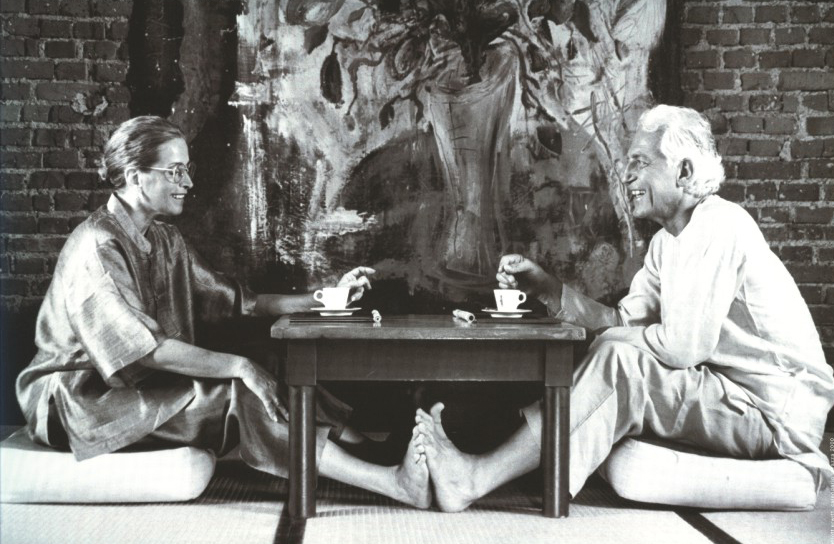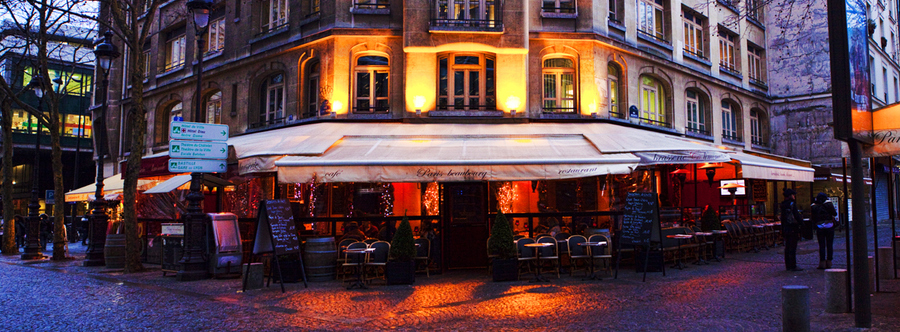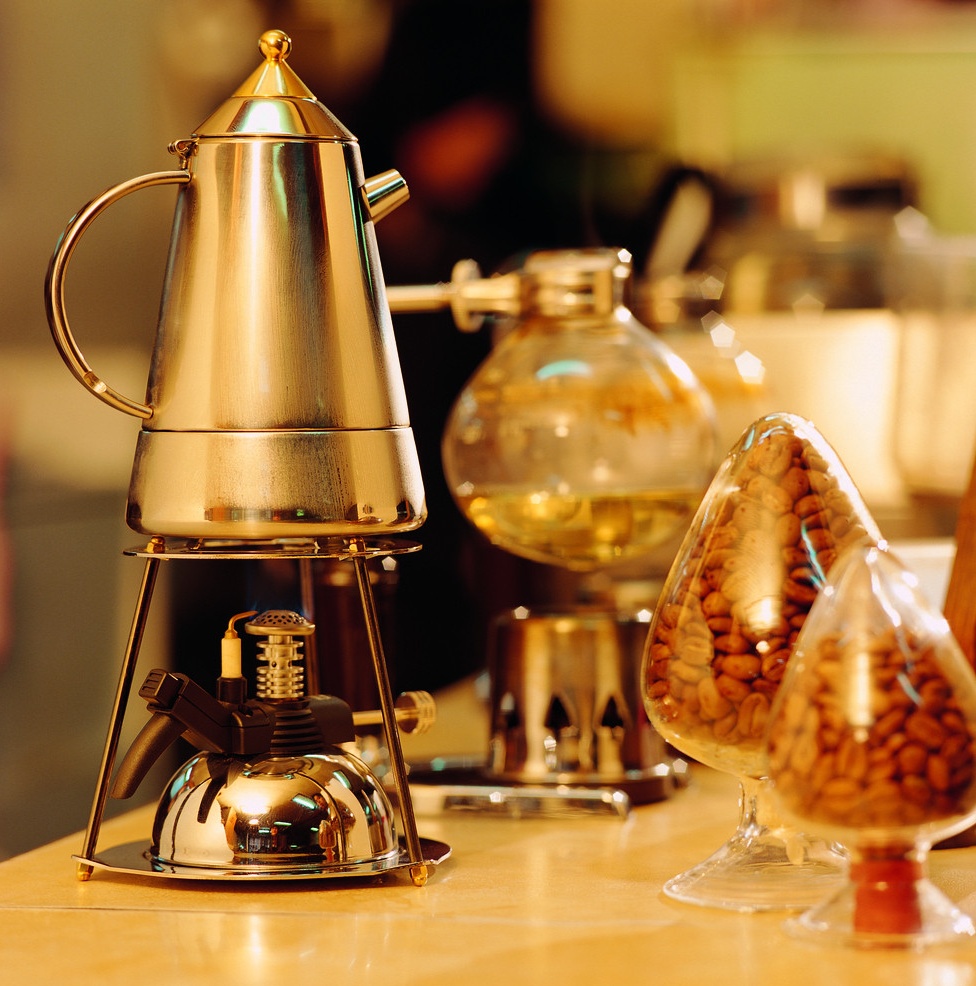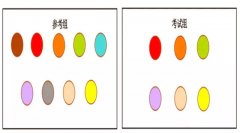Taste the coffee and enjoy the coffee culture

People who understand coffee no longer regard coffee as a drink, know how to appreciate it, the more you know how to appreciate it, it is not only a kind of literature and art, but also a kind of art. The color of coffee is a kind of nostalgia, like the hourglass of time slowly under the curtain, stirring with a coffee stick, and like an old-fashioned video recorder broadcasting unforgettable images without sound. The smell of coffee is a dream, boiling through the heat of a heart ready to move, but also be provoked by their own. And the taste of coffee, some people love, some people worry.

A cup of coffee contains more than 30 different chemicals, and more than half of the trace elements have a promoting effect on human health. These different compounds bring complex flavors to coffee, such as sour, astringent, bitter and so on. As early as 1930, many scientists began to study the effects of various chemical molecules in coffee on coffee flavor. But there is not much research on the bitterness of coffee.

Thomas Hofmann of Technical University of Munich in Germany decided to study the bitterness of coffee. He filtered the brewed coffee and found that some of the molecules with the smallest molecular weight tasted the bitterest. So he began a series of experiments on this point, and he found that one of the molecules was chlorogenic acid lactone (chlorogenic acid lactone). Chlorogenic acid exists in most plants and becomes chlorogenic acid lactone after dissociation. So they analyzed a series of coffee with different roasting degrees to test the content of chlorogenic acid lactone.
They found that roasted coffee beans break down chlorogenic acid into chlorogenic acid lactone, giving the coffee a mild bitter taste. The result of further baking will decompose chlorogenic acid lactone into phenyl lindane (phenylindanes), which will produce a strong bitter taste. The findings were presented at this year's American Chemistry Annual meeting.

In addition to increasing our understanding of coffee, another source of coffee bitterness may be of more interest to coffee manufacturers. From this study, they found ways to reduce the bitterness of coffee. Sugar and milk have become the most loyal coffee companions, cappuccino, mocha, latte, macchiato and other milk coffee series came into being, it is this innovative spirit, so that coffee can be accepted by more people.
Important Notice :
前街咖啡 FrontStreet Coffee has moved to new addredd:
FrontStreet Coffee Address: 315,Donghua East Road,GuangZhou
Tel:020 38364473
- Prev

Q-Grader examination experience and examination form Coffee examination Notes
There are 8 major items and 20 subjects in the Q-Grader examination. The first major item (4 subjects) was tested together in 2 subjects, with a time limit of 1 hour; the second major item (1 subject) was graded for 1 hour; the third major item (2 subjects) was graded for cooked beans; the fourth major item (1 subject) was limited to 1 hour for organic acid; the fifth item (3 subjects) was limited for 1 hour; and the sixth major item (3 subjects) was limited for 1 hour.
- Next

Drinking coffee can nourish the liver. Drinking coffee in the right amount has many health benefits to the human body.
As the saying goes, things will be reversed at the extreme, and that is an immutable law through the ages. Long-term excessive consumption of coffee is obviously not good for health, but moderate consumption of coffee can not only refresh the mind, but also has a variety of health benefits to the human body. Recently, foreign medical experts have pointed out that drinking coffee can nourish the liver according to the latest research. Experts have found that drinking one cup of coffee a day can reduce the incidence of liver cirrhosis by 22%.
Related
- Beginners will see the "Coffee pull flower" guide!
- What is the difference between ice blog purified milk and ordinary milk coffee?
- Why is the Philippines the largest producer of crops in Liberia?
- For coffee extraction, should the fine powder be retained?
- How does extracted espresso fill pressed powder? How much strength does it take to press the powder?
- How to make jasmine cold extract coffee? Is the jasmine + latte good?
- Will this little toy really make the coffee taste better? How does Lily Drip affect coffee extraction?
- Will the action of slapping the filter cup also affect coffee extraction?
- What's the difference between powder-to-water ratio and powder-to-liquid ratio?
- What is the Ethiopian local species? What does it have to do with Heirloom native species?

